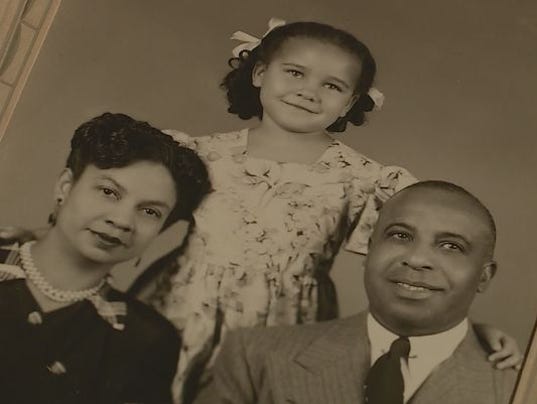What the 1920s Tell Us About Dolezal and Racial Illogic
The Chronicle of Higher Education
2015-06-19
Carla Kaplan, Stanton W. and Elisabeth K. Davis Distinguished Professor of American Literature
Northeastern University, Boston, Massachusetts
Carla Kaplan is author of Miss Anne in Harlem: The White Women of the Black Renaissance (Harper, 2013).
What does it mean to identify across race lines and to claim a racial identity disconnected from background or biology? Why does so-called reverse passing (white to black) generate such extraordinary attention and controversy? The Rachel Dolezal case reveals a conundrum in race debates that remains unresolved.
Dolezal, who evidently has been passing for black for years as an activist and Africana-studies instructor, maintains that she is black because she feels black. She says that she “certainly can’t be seen as white” and be the mother of a black son. She asserts that her choices are “misunderstood” because “race as a construct has a fluid understanding.” Her defense of what some dub deception is consistent with social constructionism, which maintains that there is no biological or essential basis to race and that all notions of racial difference are rooted in culture. And this makes her case especially troubling.
While the bulk of commentary on Dolezal has been condemnatory, some observers have described her as a “Voluntary Negro” to indicate that they “admire,” as the black female journalist Camille Gear Rich put it, Dolezal’s “choice to live her life as a black person.”
The category “Voluntary Negro,” however, was never intended for whites. The term was coined in the 1920s to describe — and honor — light-skinned blacks, like the NAACP official Walter White, who looked white but insisted on being identified as black (and had the black ancestry to back that up). Blacks who might have passed for white, but didn’t, were lionized by their community. Voluntary Negroes were those who expressed loyalty to their “own” race, not those who cross-identified. They became exemplars of what was seen as a proper ethical relation to race, an embodiment of the “race pride” that was the heart of “New Negro” sensibilities. They were celebrated as part of a broader cultural argument for affirming blackness in the face of white prejudice, and as part of the larger energies of black self-determination and self-definition that fueled cultural renaissances in Harlem, Chicago, and elsewhere. Voluntary Negroes became icons of what Alain Locke, often considered the “midwife” of the Harlem Renaissance, called “the admirable principle of loyalty.”…
Read the entire article here.

